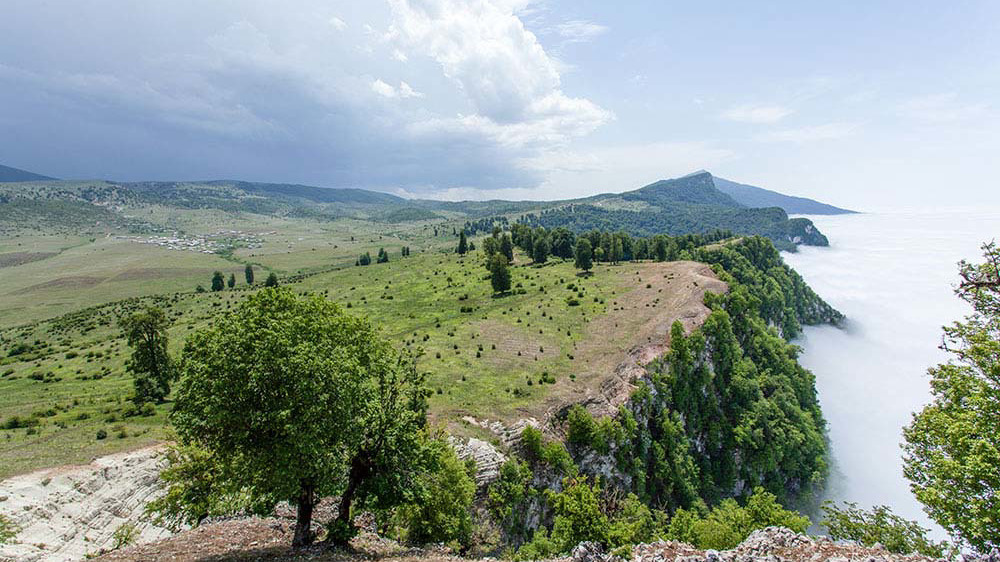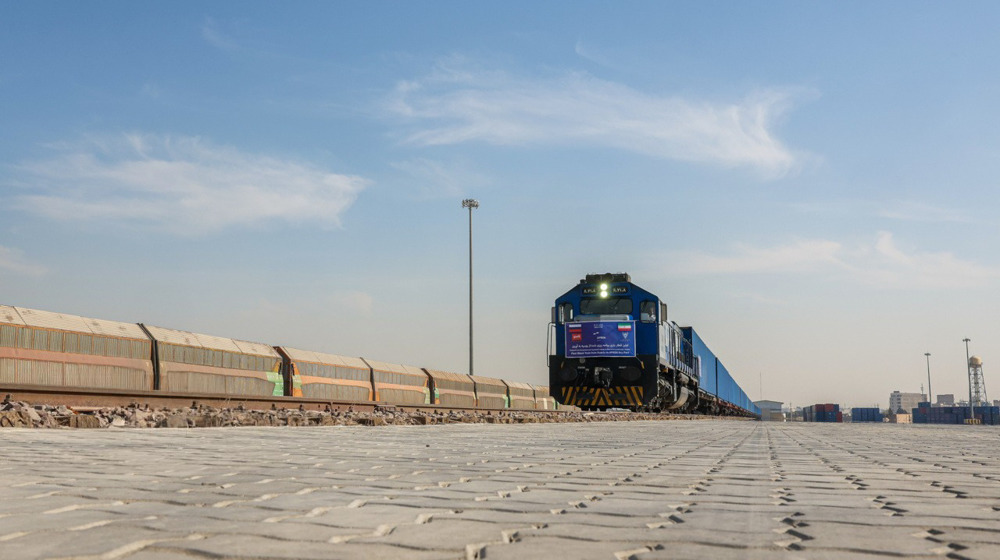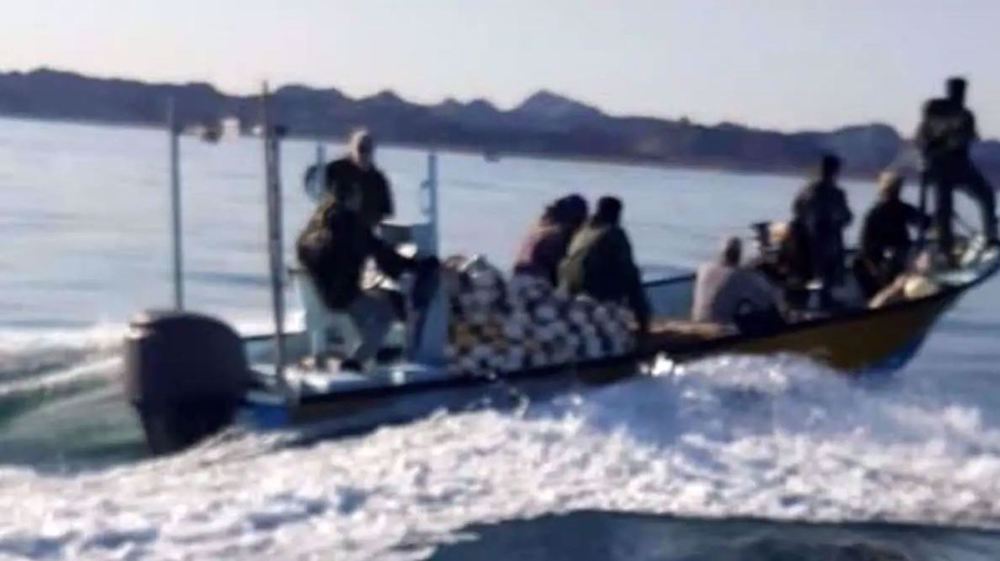Urgent need for action to protect Iran’s soil resources
Iran is rich in natural resources, the most important of which are oil, natural gas, coal, chrome, copper, iron ore, lead, manganese, zinc, and sulfur while about 11% of the country’s lands are arable bearing many edible products.
Iran's soils are highly diverse, but the soil erosion is also high in the country where the total annual soil loss is put at about 2.7 billion tonnes.
Soil and all aspects of the environment and related risks are an issue of increasing importance which requires special attention in order to guarantee the basis of progress and development.
In Iran, soil is worthy of attention from various aspects. On the one hand, it is the basis of agriculture and food security of the country where cultivation has a long history and tradition. The earliest known domestication of the goat is said to have taken place in the Iranian plateau as early as 10,000 BCE.
Iran's industrial soils, on the other, contain very valuable strategic and rare elements which will be important players in global politics in the not so distant future.
Soil health and security are key components of our wellbeing. Even so, soil is faced with many environmental challenges under the current iteration of capitalism.
Soil formation is a complex process that involves the weathering of rocks and minerals, along with the contributions of organic matter, climate, topography, and biological activity. According to experts, it takes 100 to 1000 years to form an inch layer of soil.
The western and northwestern parts of Iran have the most fertile soils for agriculture while industrial soils found mostly in Yazd, Isfahan and Kerman provinces are used in making tile, ceramic, pottery, and cement production.
The bigger picture, however, indicates the severe limitation of Iran’s soil resources, intensified by smuggling, change in land use and erosion – a malady of irreparable consequences if not seriously addressed.
Iran has about one percent of the world's land area, where its population is also one percent of all people, but the country’s agricultural land is less than half a percent of the world's arable land.
While on average, about 22 percent of the land is arable in the world, this figure is about 10 percent in Iran. Of the approximately 18 million hectares of arable land in Iran, about 10 million hectares is dry, often low-yielding or has gravel and steep slopes.
Meanwhile, of the approximately 8 million hectares of irrigated land, only about 1.2 million hectares contains healthy, high quality soil. And that is where most of our cities, towns and villages are established in the country’s north and west and where a new villa building craze is piling on the problem!
Soil exports from Iran to the Persian Gulf Arab countries have also become the subject of heated speculation in recent years. Frequent reports of smuggling of soil to the Arab littoral states have been quashed by authorities, but some Iranians remain unconvinced.
Potting soil is the most sought-after type of soil ideal for container gardening. The UAE’s artificial archipelagos built for leisure and tourism are reported to be the prime destination of fertile soil shipments.
Unconfirmed reports also claim the smuggling of industrial soil for re-export by Arab traders to Europe for use in the production of tiles and ceramic.
Soil is considered one of the most valuable vital resources. Food security and agricultural productivity are closely and intimately related to the quantity, quality and depth of agricultural soil.
It can be safely said that any country that has richer, more fertile and abundant soil resources and exploits them most efficiently can guarantee its stability, sustainability, food security and economic wellbeing.
Addressing a forum on the occasion of the World Soil Day in Tehran Thursday, Iran’s Minister of Education Alireza Kazemi said soil care is so important that Iran needs to make urgent decisions.
“We all know that soil is the source of all life. Soil has a special and exalted place in the Qur’an, on which we prostrate,” he said.
Food production and food security and even our water security depend on the soil. The problem of floods, dust and pollution is all related to soil.
Where self-sufficiency in food and strategic products is of great importance to Iran, there is no room to take the value of healthy top soil for granted.
The citizenry has a collective duty to preserve this invaluable asset with as much seriousness and strength as possible and prevent its destruction through change in land use, erosion, salinization, or smuggling.
Otherwise, the consequences will include jeopardizing food and water security and ultimately the security of the country.
Australian PM rejects Netanyahu’s attempt to tie Sydney attack to Palestinian statehood
Iran, Belarus sign key agreements to boost cooperation, counter Western sanctions
Palestinian journalist recounts unsettling details of abuse in Israeli jails
VIDEO | Sydney attack: A pretext for Netanyahu to justify a new war?
Iran’s top general hails major improvements in air defense systems
Iran: Claims over Persian Gulf islands contradict ‘sovereignty, good neighborliness’
Democrats, Republicans colluding to ‘kill’ Epstein files: CIA whistleblower
VIDEO | Press TV's news headlines










 This makes it easy to access the Press TV website
This makes it easy to access the Press TV website